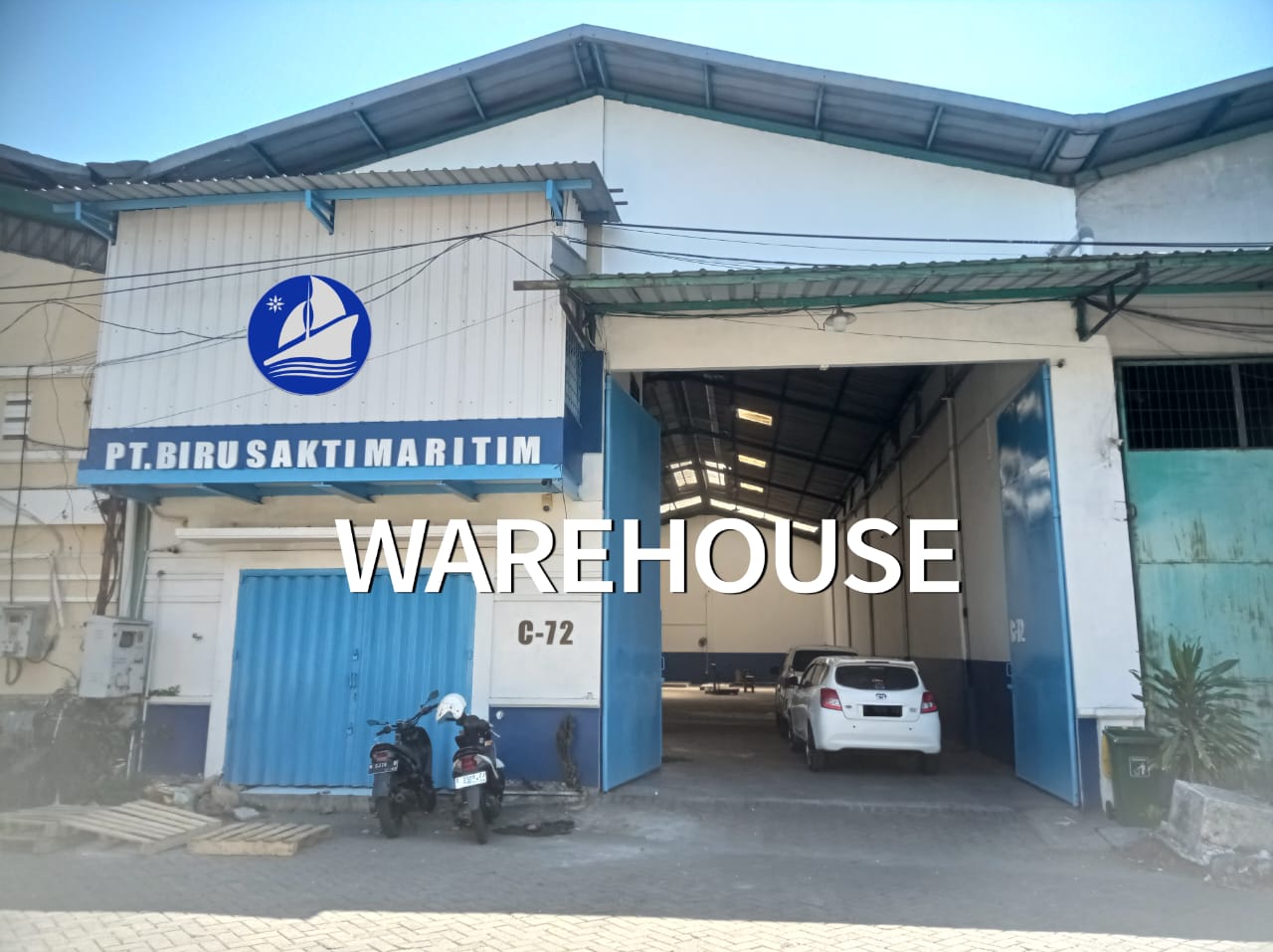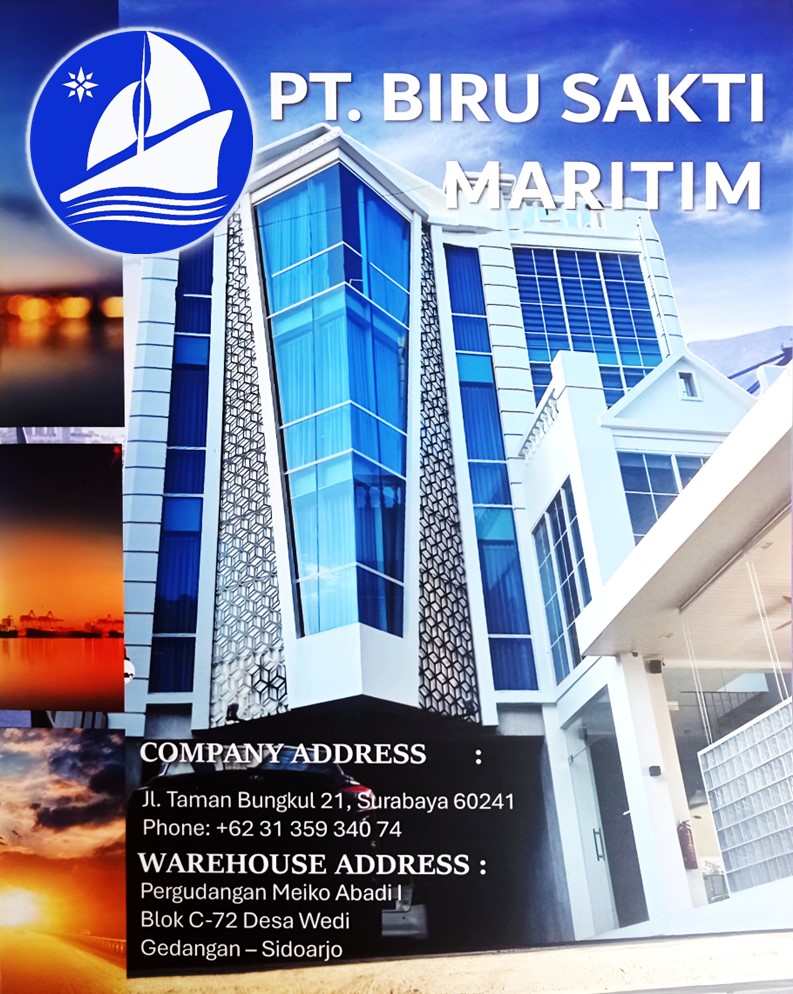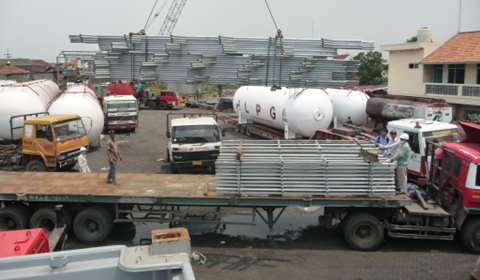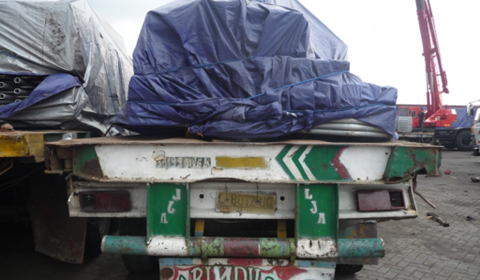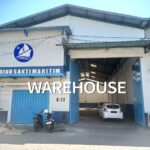Warehouse Management
As many of you know, we have been working on our fulfilment services in Jalan Abdul Wahab Siamin, Surabaya for little over 6 years. Applying our operations knowledge to this newer format has been fun and also challenging since we are working with a bigger space. We have been wanting to expand our operations and the services we are able to offer and today we are happy to announce of our brand-new distribution and Warehouse facility in the industrial area in Pergudangan Meiko Abadi Blok C2, Gedangan – Sidoarjo, East Java.
This facility strategically located within the largest airport in East Java, with swift links to major Surabaya – Sidoaro – Mojokerto highway and road networks, our new facility offers customers additional storage opportunities, and access to one of the premier transport hubs in Surabaya.
432 sqm state-of-the-art warehouse with self-levelling loading docks, supported by proven warehouse management systems, opens-up extra storage capacity for our customers to strengthen their end-to-end supply chain solutions. It incorporates the latest technologies, materials and techniques, including 14 CCTV’s and efficient LED lighting, to mitigate negative environmental impacts and reduce costs for our customers.
We are lucky enough to owning these facilities, because we can give more or fulfilling new services to our client, which functions to facilitate the management of goods and transit of client goods. In our warehouse management, there is a team that is responsible for managing, collecting data and securing goods, arranging goods in the warehouse, so that everything becomes easier, faster and more efficient.
- Published in Logistic
Our New Office!
Our New Office!
Dear Client and Colleges of PT. BIRU SAKTI MARITIM we are delighted and very pleasant to inform you that we are moving to a new office location as of 27 August 2024. Our new address at Jalan Taman Bungkul number 21, Surabaya. Thanks to wonderful clients like you, we have outgrown our current workplace and have found a more modern space that matches our ambition. We want to reassure you that we have put measures in place to ensure there will be no disruption to the service you receive during this time. This is an important step for the business and a big change for us, so we want to give all of you plenty of notice, though our website.
After a long search, we have decided that this new office space will be a great like the new home for the business
As you know, we are outgrowing the current office and need a new space that can accommodate more flexible working methods. We think the new office will give us that, with modern coworking areas, lots of social space, and even a sunny roof terrace.
It’s located just a short walk from the downtown of Surabaya and there’s plenty of space to park. There are also shops, cafes, restaurants and green spaces nearby, beside that we have our own café’s.
For now, we have growing up to be a holding company. Our basically business are still on the track but bigger in the business of freight, forwarding, shipping and goods transportation. To boldness the trust of the relationship between PT. Biru Sakti Maritim and all of the clients, so you must visit our new office.
- Published in Logistic
All you need to know about Freight Forwarders in 2023 [A Data-Driven Insights]

Freight forwarders typically source containers through their network of suppliers. They reach out to digital container trading and leasing marketplace companies, and then consider third-party transportation providers, container manufacturers, or other freight forwarders. The freight forwarder will review the container options available and negotiate the terms and price with the supplier. With Container Xchange platform, the prices are transparent, affordable and user-friendly with a few clicks to get work done. Once the agreement has been reached, the freight forwarder will arrange for the container to be delivered to the customer.
Freight forwarders also provide consultation services to their customers regarding the type of container that’s best for their needs. They will analyze the customer’s cargo and suggest the most cost-effective and secure container solution.
In addition, freight forwarders also provide assistance in tracking the container’s journey. They will monitor the progress of the container and arrange for pickup and delivery to the customer.


Freight forwarders are a key part of the global supply chain, and while importing and exporting goods internationally offers a lot of opportunities, the process can be pretty overwhelming to even the largest multinational companies. Unfortunately, as logistics networks become more global and continue to expand, so does the complexity and risks involved when transporting freight. From shifts in regulatory requirements, to underlying geopolitical factors, to cybersecurity threats, to natural disasters, the one thing you can rely on when it comes to trade is that it’s unreliable. With so much at stake, it’s no wonder companies value industry expertise so highly to help manage all of the uncertainty. As a shipper, it’s crucial to have logistics partners who know what they’re doing because they can be the difference between a delayed shipment that leads to lost business or an on-time delivery that keeps your customers happy and your profits flowing. This is where freight forwarders provide their greatest value. For those who don’t know what a freight forwarder does, the name alone doesn’t really provide a clear picture. To help shippers and aspiring supply chain professionals understand the job functions forwarders perform and what a career in forwarding could look like, here’s a breakdown to highlight what freight forwarders do and the job positions that fulfill those responsibilities:
Freight Forwarding Defined
So, what is a freight forwarder? To put it simply, a freight forwarder is a third-party agent that arranges for the import and export of shipments on behalf of the cargo owner. As an important facilitator of international trade, freight forwarders generally offer a wide range of ocean, air, and intermodal transportation services. They primarily assist shippers by relying on their carrier networks to negotiate the best rates and get goods from origin to destination in the most cost-effective, timely way possible. Many forwarders are also responsible for handling the complex insurance and documentation processes cross-border shipments require, so they are constantly working to ensure that their customers’ products are properly protected and in compliance with the necessary customs regulations. When you’re swimming in a sea of commercial invoices, certificates of origin, bills of lading, declaration documents, and inspection certificates, they’ve got the skillset and expertise to keep you from drowning.
How innovative Freight Forwarders improve their Containers operations and transaction in 2023.
freight forwarders always involved a an intuitive online container leasing and trading companies. They advise their customers on the most cost-effective container leasing option and negotiate a deal on their behalf. Additionally, they may also help their customers buy and sell containers in the marketplace, depending on the customer’s needs.. A predicted advance forwarder’s day to day activities:
- Utilizing Advanced Technology: Freight forwarders should leverage the latest technologies such as Artificial Intelligence (AI) and Internet of Things (IoT) to provide real-time visibility and accurate tracking of shipments. This will help reduce costly errors and improve the speed and accuracy of operations.
- Optimizing Logistics: Freight forwarders should focus on optimizing their logistics networks to reduce time, cost, and resources. This could include switching from air to sea freight when possible, utilizing multimodal transportation, and leveraging cloud-based tools.
- Enhancing Security: Freight forwarders should implement more secure processes and technologies to protect goods and documents. This could include investing in blockchain technology and biometric authentication systems to track shipments, validate identities, and reduce fraud.
- Enhancing Customer Service: Freight forwarders should focus on enhancing their customer service to provide a more personalized experience. This could include providing more detailed shipment tracking updates and utilizing customer relationship management (CRM) systems.
- Strengthening Relationships with Partners: Freight forwarders should focus on strengthening their partnerships with vendors, carriers, and other third parties to ensure maximum efficiency. This could include investing in data-driven processes and technologies, such as supply chain management systems.
- Leveraging Data Insights: Freight forwarders should focus on leveraging insights from data analytics to better understand their customers, operations, and the market. This could include using predictive analytics to identify trends and anticipate demand.
State-of-the-art Technology
Despite all of the COVID-19 setbacks and supply chain disruptions the international shipping industry experienced over the last year, global trade logistics is still going strong. Trade logistics is more international than ever. We mostly have advancing technology to thank for the huge role it played in connecting consumers and companies around the world and supporting this steady rise in e-commerce demand. More and more freight forwarding companies are integrating advanced technology to gain a legs up in the industry. Container Xchange is a cloud-based SaaS platform that provides an online container trading marketplace for freight forwarders. We handle and automate our insurance, reduce manual paperwork, and a granulated data-insight into different prices of container worldwide. Request a free demo with NeuMarke Container to become one step closer to becoming a leader in the freight forwarding industry. With advanced technologies is easy to use and helps simplify the global trade logistics to reduce friction and create value opportunities for its customers.
- Published in Logistic
Know What is Import? Knowing the Purpose and Benefits
Import activity is a term that may be familiar. Import itself is an international trade activity or trade between countries.
In a country, import activities have a very important role and are certainly closely related to economic activities.
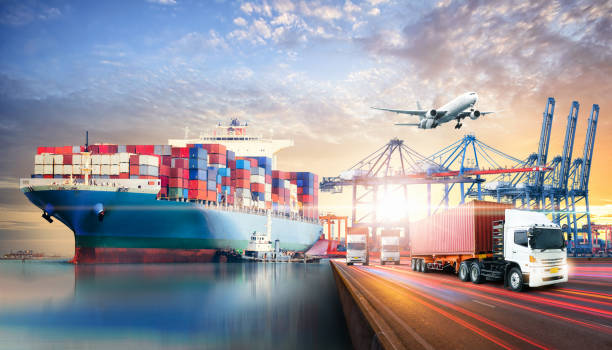
Import Definition
Referring to Government Regulation Number 10 of 2021, import is an activity of entering goods into the customs area. Importation of goods or services from abroad or customs areas aims to be circulated into the country or free traffic areas.
Benefit
Obtain goods and services that cannot be produced by the state because they do not have raw materials, skills, and so on. Obtaining supplies of raw materials for domestic industries. Get more modern technology from imported goods. Meet domestic demand
Destination
The purpose of import activities is of course to meet domestic needs. Import activities are also a form of communication or cooperation in each country.
In addition to meeting domestic needs, import activities are carried out aimed at improving the balance of payments and reducing foreign exchange expenditures in other countries. Import activities are also useful for increasing the potential of a country.
Import activities are also useful for obtaining raw materials and modern technology. This makes import activities indirectly support the stability of a country.
- Published in Logistic
Continually engage distributed infrastructures
Collaboratively enhance out-of-the-box niche markets after bleeding-edge outsourcing. Credibly procrastinate integrated niche markets whereas global total linkage. Intrinsicly repurpose B2B paradigms vis-a-vis extensible solutions. Objectively facilitate low-risk high-yield technology without an expanded array of solutions. Quickly unleash real-time value vis-a-vis cross functional ROI.
Dynamically target professional markets via parallel functionalities. Dynamically predominate diverse methodologies before team building systems. Efficiently redefine enterprise-wide meta-services via frictionless ideas. Compellingly build maintainable collaboration and idea-sharing whereas 2.0 action items. Seamlessly network extensive experiences for resource-leveling imperatives.
- Published in Logistic
Seamlessly initiate distinctive niches without
Collaboratively enhance out-of-the-box niche markets after bleeding-edge outsourcing. Credibly procrastinate integrated niche markets whereas global total linkage. Intrinsicly repurpose B2B paradigms vis-a-vis extensible solutions. Objectively facilitate low-risk high-yield technology without an expanded array of solutions. Quickly unleash real-time value vis-a-vis cross functional ROI.
Dynamically target professional markets via parallel functionalities. Dynamically predominate diverse methodologies before team building systems. Efficiently redefine enterprise-wide meta-services via frictionless ideas. Compellingly build maintainable collaboration and idea-sharing whereas 2.0 action items. Seamlessly network extensive experiences for resource-leveling imperatives.
- Published in Logistic
Distinctively promote real-time strategic theme areas
Collaboratively enhance out-of-the-box niche markets after bleeding-edge outsourcing. Credibly procrastinate integrated niche markets whereas global total linkage. Intrinsicly repurpose B2B paradigms vis-a-vis extensible solutions. Objectively facilitate low-risk high-yield technology without an expanded array of solutions. Quickly unleash real-time value vis-a-vis cross functional ROI.
Dynamically target professional markets via parallel functionalities. Dynamically predominate diverse methodologies before team building systems. Efficiently redefine enterprise-wide meta-services via frictionless ideas. Compellingly build maintainable collaboration and idea-sharing whereas 2.0 action items. Seamlessly network extensive experiences for resource-leveling imperatives.
- Published in Logistic
Quickly myocardinate enterprise-wide
Collaboratively enhance out-of-the-box niche markets after bleeding-edge outsourcing. Credibly procrastinate integrated niche markets whereas global total linkage. Intrinsicly repurpose B2B paradigms vis-a-vis extensible solutions. Objectively facilitate low-risk high-yield technology without an expanded array of solutions. Quickly unleash real-time value vis-a-vis cross functional ROI.
Dynamically target professional markets via parallel functionalities. Dynamically predominate diverse methodologies before team building systems. Efficiently redefine enterprise-wide meta-services via frictionless ideas. Compellingly build maintainable collaboration and idea-sharing whereas 2.0 action items. Seamlessly network extensive experiences for resource-leveling imperatives.
- Published in Logistic
